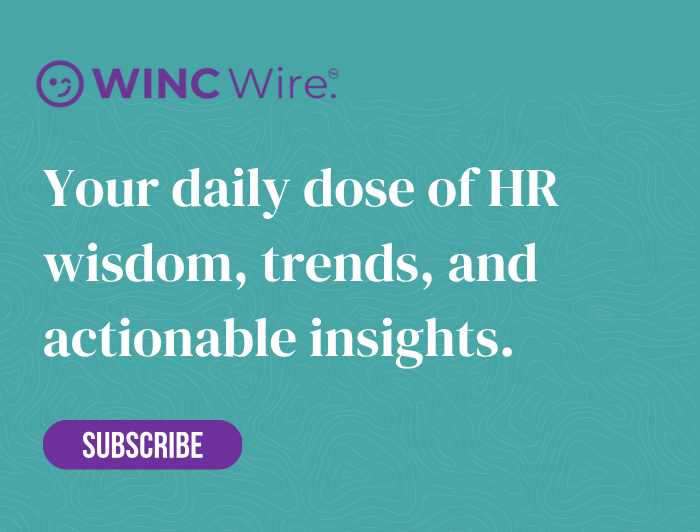Stepping beyond our borders is no longer just a milestone for the annual report; it’s a fundamental shift in how an organisation thinks, operates and truly connects with people around the world. As HR leaders, let’s be honest, our role isn’t just about rolling out policies. We’re the architects of the blueprint for sustainable, international success.
In this perpetually fluid and often unpredictable landscape, getting global HR right has far less to do with ticking boxes and much more to do with harmonising different cultures, regulations and human aspirations. Whether you’re just dipping a toe into a new market or trying to refine your existing global model, this guide will focus on the insights that actually make a difference on the ground.
The First Big Question: How Will You Actually Employ Your Team Overseas?
Any organisation looking to expand has to start with this foundational choice: how will we employ our people in other countries? This decision isn’t just procedural, it’s deeply strategic and sets the tone for everything that follows.
Let’s look at the three main models, each with its own distinct rhythm:
- Employer of Record (EoR): In this scenario, the EoR acts as the legal employer for your staff on your behalf. It’s the perfect solution when you don’t have a legal entity in the country. Think of it as your operational partner, shouldering the burden of compliance, payroll and all local obligations.
- Professional Employer Organisation (PEO): This is a co-employment arrangement, which works best for businesses that already have a legal entity in place but want to share some of the HR responsibilities.
- Setting up a Direct Entity: This route gives you the most control, but it also comes with the steepest climb. You’re facing significant compliance hurdles, high administrative costs, and a serious long-term commitment.
The secret is finding the right fit for your strategy. An EoR model might be the smartest path for a UK company making its first move into South East Asia, whereas a firm with a long-standing presence in the US might find a PEO model integrates seamlessly into its operations.
Navigating the Complex Web of Global Employment Law
In my experience leading workforce transformations across different continents, one lesson has proven universal: employment law is a country’s cultural code written down. From France’s famous “right to disconnect” to Mexico’s mandatory profit-sharing schemes, the legislation you encounter is often a direct reflection of national values.
What does this mean for us in HR? It means we have to do more than just comply; we must genuinely understand the context. We know that employment laws across Europe tend to be more employee-friendly than in the US. The Asia-Pacific region, on the other hand, is a real mix of state-driven regulations and rapidly changing digital economies. Keeping up with local rules isn’t just good practice anymore, it’s the defining characteristic of a modern, future-proof HR function.
Adapting to the New Global Headaches
The challenges we face now feel distinctly different, don’t they?
- Geopolitical tensions in places like Ukraine and the Middle East have a direct impact on our workforce’s stability and our risk planning.
- The rise of remote work and digital nomads has created tangled new layers of compliance, tax and immigration complexities we’re all still trying to unpick.
- Data privacy regulations like GDPR demand absolutely watertight systems, but without grinding our decision-making to a halt.
So, what’s a practical way forward? It’s about being both precise and proactive:
- Map your data flows: Do you know exactly where your employee data is stored and how it moves across borders? Compliance starts with having that visibility.
- Stay on top of locations: Ask your people to self-report any changes in their working location. This simple step is vital for staying compliant with local tax and labour laws in real time.
- Never stop learning: You need to empower your HR teams and, crucially, your line managers with relevant, contextual knowledge. Privacy, mobility and operational risk all intersect right here.
A Real-World Example: The Reality of Remote Work
Let’s take Belgium. Having a remote worker based in Brussels can trigger a statutory obligation to provide home-working allowances. At the same time, in another country, just having one digital nomad tapping away on their laptop could create an unexpected corporate tax exposure for your entire business.
The answer isn’t to panic and ban remote work. It’s to build a robust policy; a clear framework created with both agility and compliance baked in from the start will be your most reliable compass.
Using Tech as Your Silent Partner
Your HRIS should be more than a simple database; it needs to be your compliance co-pilot. By standardising your global data protocols, you can act decisively while always respecting privacy. But technology on its own is never the whole answer.
You absolutely must educate your managers. Every single data point and every cross-border video call might carry legislative weight. Your job is to equip managers not with dense legal handbooks, but with practical, common-sense guidance they can use every day.
My Core Takeaways
- Choose Your Model with Purpose: Whether you opt for an EoR, a PEO, or your own entity, make sure the model truly reflects your strategy and your culture.
- Decode Local Law: Look beyond just compliance. Strive to understand how local regulations genuinely shape the sentiment and expectations of your workforce.
- Master Mobility: Remote and flexible working aren’t going anywhere. It’s time to build solid systems that give you visibility, compliance and flexibility.
- Guard Your Data Fiercely: GDPR isn’t just another regulation; it’s a vital safeguard for your organisation’s reputation. Be meticulous and be prepared.
- Strike a Balance with Agility: Your operational precision has to be able to coexist with the dynamic nature of the business. It’s a constant balancing act.
- Win the Global Talent Game: At the end of the day, people-first cultures always win. Build inclusive, adaptive strategies to attract and keep the very best people, wherever they are.
A Final Thought: Lead with Confidence
If the last few years taught us anything, it was about survival. Now, it’s about resurgence, and we in HR are in the driving seat. Your role isn’t merely administrative; it’s the catalyst for growth. As you shape your global workforce strategy, remember this: the systems are important, but it’s the people who make them sing.
Global expansion is more than just points on a map; it’s a movement. And with the right approach, we can lead it with both rigour and a great deal of heart.






